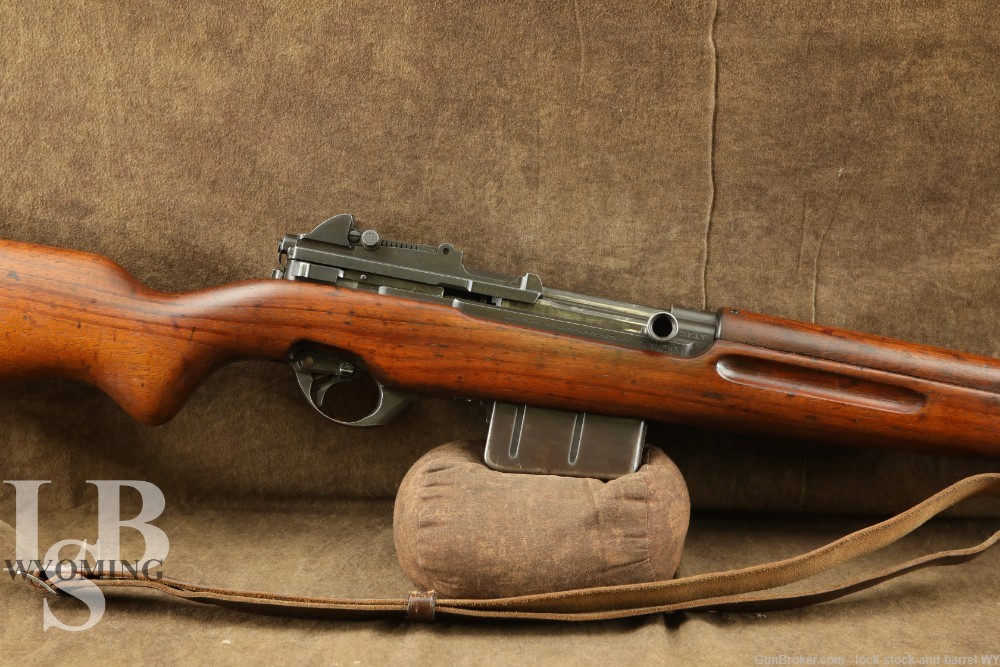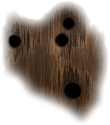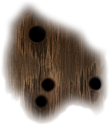
Egyptian Army contract FN49 8mm Mauser Semi-Automatic Rifle C&R
SOLD FOR: $955
WOA#:WY240117CB050
Make: Fabrique Nationale D’Armes de Guerre of Herstal, Belgium
Model: FN49, Egyptian Contract
Serial#: 35283
Year of Manufacture: Circa 1948-1952, C&R
Caliber: 7.92x57mm Mauser (commonly referred to as 8mm Mauser)
Action Type: Semi-Automatic Rifle with a Fixed 10 round Magazine fed by stripper clips.
Markings: The right side of the receiver is marked “FABRIQUE NATIONALE D’ARMES DE GUERRE_HERSTAL BELGIQUE” and has the serial number “35283”. The right side of the chamber ring is marked in Egyptian numbers (Modern Standard Arabic) “35283”. The top of the chamber ring is marked with a crown above Arabic script (indicating the gun belonged to the Egyptian Army). The left side of the chamber ring is marked with two Belgian Liege Proof House marks; “* / K” (used by Walthere Delsaux ca. 1929-1968) and the Belgian Perron (indicating the action passed inspection). The receiver cover and bolt have a “* / H” (used by Christophe Woit ca. 1938-1968) and the Belgian Perron. The left side of the receiver is marked with “12911” in arabic. The front bottom portion of the barrel is marked “CAI ST.A.VT / M49 7.92”. The gas cylinder plug is marked in Arabic Script.
Barrel Length: Approximately 23”, 25” with muzzle device.
Sights/ Optics: The front sight is a blade dovetailed between two protective ears. The rear sight is an aperture tangent sight marked in Modern Standard Arabic 1-10, representing range marks for 100-1000 meters.
Stock Configuration & Condition/ Grip: The stock is three-piece wood featuring a two part handguard, a nose-cap, a barrel band with a fixed sling swivel, finger grooves on the forend, a semi-pistol grip, a straight comb, a sling swivel on the belly and a brass butt plate with storage for a cleaning kit. The stock has some light handling marks, and a few scattered compression marks. There are no chips or cracks. The LOP is 13.25” from the trigger to the rear of the butt-plate. The butt-plate has some scratches and handling marks. Overall, the stock is in Very Good condition.
Type of Finish: Blue
Finish Originality: Original
Bore Condition: The bore is gray with well defined rifling and moderate erosion. In this writer’s opinion the bore rates 6/10.
Overall Condition:This rifle retains about 85% of its original finish. There is thinning finish on the barrel, the friction surfaces of the bolt, and the end cap. The magazine has lost most of its finish and has turned brown with patina. There are only a few handling and use marks. Overall this rifle is in Good condition.
Mechanics: The action functions correctly. We did not fire this rifle. As with all used firearms, a thorough cleaning may be necessary to meet your maintenance requirements.
Box Paperwork and Accessories: This rifle includes a leather sling.
Our Assessment: The FN-49 was a rifle designed by the Belgian arms manufacturer Fabrique Nationale Herstal during the 1940s. The firm was working on the now largely forgotten M1914 semi-automatic rifle but the work was disrupted when Germany conquered Belgium at the beginning of WWI. It would not be until the early 1930s when FN began to resume work on semi-automatic rifles and in 1936 Dieudonne Saive patented a prototype. Again, FN’s attempt at producing a semi-automatic rifle was disrupted by a German invasion, this time in 1940 during WWII. Saive refused to allow his design to fall into the hands of the Wehrmacht, and managed to escape to England in 1941. While in England, Saive continued to refine his design. By the end of WWII Saive had nearly perfected his design and following some final refinements the gun was ready for the market. Finally, in 1948 FN secured a contract for the new rifle from Venezuela and soon more than two dozen other nations would place orders for the new gun. The gun saw frontline service during a number of conflicts during the 1950s including with Belgian forces sent to suppress pro-independence forces in Congo and during the Suez Crisis Egyptian forces employed the rifle against a joint Israeli, British and French invasion force. The gun was a stalwart design, but it became obsolete by the end of the 1950s and was superseded by more modern automatic rifles during the 1960s. The gun has earned a reputation as the last true pre-modern firearm. Please see our photos and best of luck with your bidding!!!-R.L.


